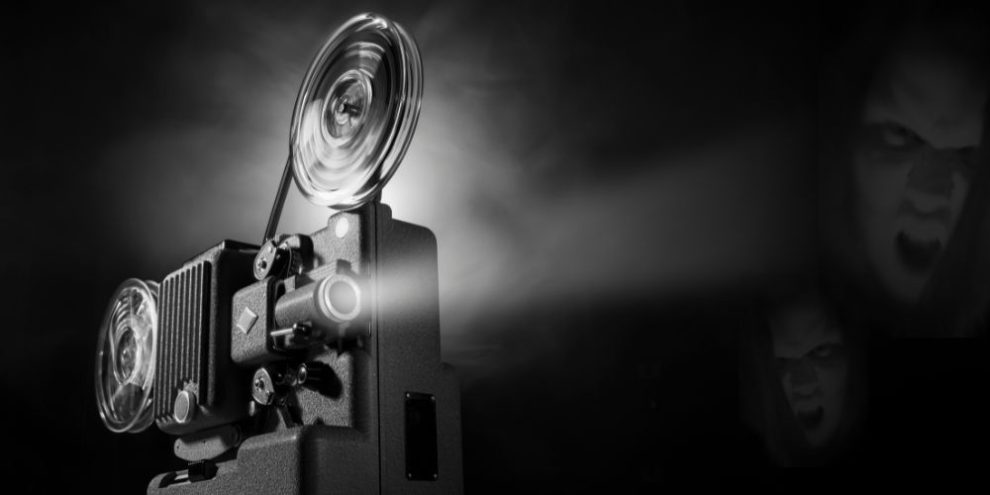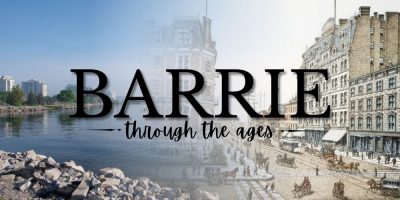
From the shadows of silent films to the chilling depths of modern psychological thrillers, horror cinema has undergone a mesmerizing evolution over the decades. Each era has brought unique styles, themes, and innovations, shaping the genre into the diverse and captivating realm it is today.
Let's embark on a spine-tingling journey through the history of horror, exploring its transformation across the ages.
RELATED: The best Halloween movies for every level of fright …
1. Silent Era Horrors (1890s-1920s)
The roots of horror cinema can be traced back to the silent film era where horror found its voice without uttering a single word.
La Manoir du Diable (1896) is most well-known as the first horror film. Sometimes referred to as The Haunted Castle or The House of the Devil in English, the film is 3 minutes long and is more of a horror of humor than fear.
La Manoir du Diable led the way for classics like Nosferatu (1922) and The Cabinet of Dr. Caligari (1920). These films introduced eerie visuals, expressionistic sets, and haunting narratives.
Early works laid the groundwork for the genre's visual aesthetics and established iconic characters like Count Orlok, setting the stage for the horrors to come.
2. The Era Of Universal Monsters
The 1930s and 1940s saw the rise of Universal Pictures' iconic monsters: Dracula, Frankenstein, The Mummy, and The Wolf Man.
Bela Lugosi's Dracula (1931) and Boris Karloff's portrayal in Frankenstein (1931) became cultural touchstones, shaping the public's perception of horror. These films emphasized Gothic atmospheres, tragic monsters, and the struggle between humanity and monstrosity.
3. Hammer Horror
In the 1950s and 1960s, British production company Hammer Film Productions breathed new life into classic horror characters.
Hammer's vivid use of color and Christopher Lee's portrayal of Dracula revitalized the genre, offering a fresh and visually striking take on traditional horror tales.
4. The Atomic Age and Sci-Fi Horrors
Overlapping with Hammer horror, the post-World War II era brought a new wave of horror, often intertwined with science fiction themes.
Giant monsters and alien invasions dominated the screen in films like Godzilla (1954) and Invasion of the Body Snatchers (1956). These movies mirrored societal fears of nuclear experimentation and the unknown, reflecting the anxieties of the time.
5. The Psycho Thriller Era
The 1960s and 1970s marked a shift towards psychological and visceral horror.
The concept of psycho-horror wasn’t new. Many had waded in the waters with movies like Cat People (1942) and The Lodger (1926). But the release of Alfred Hitchcock's Psycho (1960) broke taboos, with a mentally disturbed protagonist and shocking violence.
Later in the decade, Roman Polanski's Rosemary's Baby (1968) explored themes of motherhood and paranoia. This further set the stage for a wave of psychologically driven horror films.
6. The Slasher Boom
The late 1970s and 1980s witnessed the rise of the slasher sub-genre, characterized by masked killers and creative deaths.
Films like Halloween (1978) and Friday the 13th (1980) introduced audiences to relentless and seemingly unstoppable killers. This created a formula that would define horror for years.
RELATED: Jamie Lee Curtis signs contract stating she's made her last Halloween movie ...
The era also saw the birth of iconic characters like Freddy Krueger (A Nightmare on Elm Street, 1984), further solidifying the genre's popularity.
7. The Supernatural Resurgence
The 1990s and 2000s brought a resurgence of supernatural horror, with films like The Sixth Sense (1999) and The Ring (2002) captivating audiences with ghostly apparitions and cursed videotapes.
These films blended psychological elements with supernatural scares, exploring the blurred lines between reality and the supernatural.
8. Modern Horrors and Subversion
In recent years, horror cinema has experienced a renaissance, with filmmakers subverting traditional tropes and experimenting with storytelling.
Movies like Get Out (2017) and Hereditary (2018) delved into social issues, while films like A Quiet Place (2018) and It Follows (2014) played with innovative concepts, relying on silence and unique entities to create fear.
Horror Will Forever Be Evolving
Each era has contributed something distinctive, transforming the genre into a multi-faceted tapestry of fear.
As technology advances and societal fears evolve, one thing remains constant: our collective fascination with the macabre will guarantee that the evolution of horror cinema is far from reaching its final destination.
As we look to the future, the only certainty is that horror will continue to reinvent itself, keeping audiences on the edge of their seats, eagerly awaiting the next terrifying tale to unfold on the silver screen.











